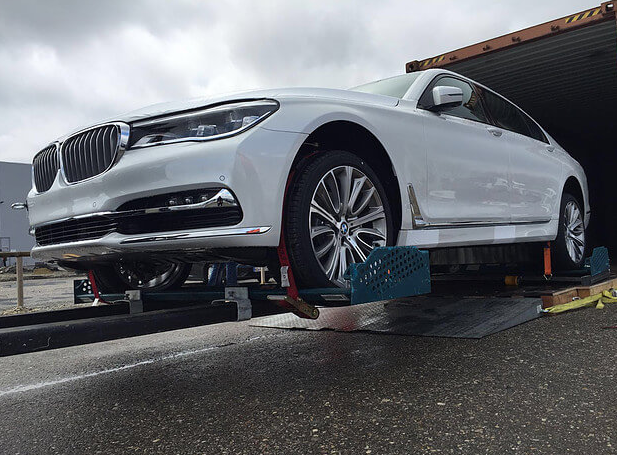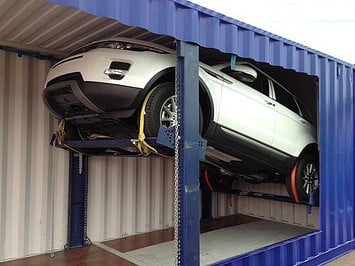
In the domestic environment, we click a button and goods arrive. It is so natural that many of us don’t even think about it or the excellent background logistics that make it possible. Efficient courier companies, supply chain software, and secure packaging are all vital. The same door-to-door happens on a global scale thanks to the proficiency of containerised shipping. This means that it can be applied to vehicle transport. Let’s take a look.
What Is Containerised Transport?
Containerised transport uses standardisation. It involves using the same technology across ports, railways, roads, and industries so that containers can be taken from A to B in the most efficient way possible. This system enhances productivity. The basic framework of containerised transport has been running smoothly since its invention in the 1960s.
However, for some users the problem has been a rectangular one. Learning how to optimise the geometry of the container has taken a while. This means that some industries have been left behind whilst others have been enjoying the door-to-door service.
Why Does Door-To-Door Matter?
Door-to-door is efficient and safe. The efficiency element is what most companies appreciate, because door-to-door cuts down on paperwork whilst increasing predictability. A container is like a sealed envelope, so there is very little to think about whilst a container is ‘in the post’. This frees up time, enabling companies to increase their productivity. The safety elements of door-to-door containerised transport help to reduce insurance premiums, and present a reduced risk of damage.
How Does Door-To-Door Work With Vehicles?
The logistical system element of door-to-door containerised transport is already in place. Therefore, the main consideration with vehicles is choosing the correct type of rack. Traditional methods use wood. This has the risk of splintering, and is single-use. Although this is reasonably cost-effective at a surface level, it is labour-intensive and wasteful, so the costs add up over time. Wood also has the disadvantage of being fixed-frame, which does not make the best use of container space.
Solutions such as the R-RAK are designed to optimise the container. They are easily slotted into place, allowing four cars to be neatly angled inside the box. This type of racking has to be made from high-strength steel and needs to be very secure in order to absorb vibrations, but when used properly their safety rate is flawless. For good logistics, racks also need to be re-usable and easily transportable. If the best steel is used, the lifespan of a rack will be at least seven years. At least sixty folded pods should fit into an empty container, minimising the cost of any return journey.
Speak To Us
If you would like to know more about the benefits of delivering vehicles door-to-door, Trans-Rak can help. Discuss your project by calling +44 (0) 1926 408282.















